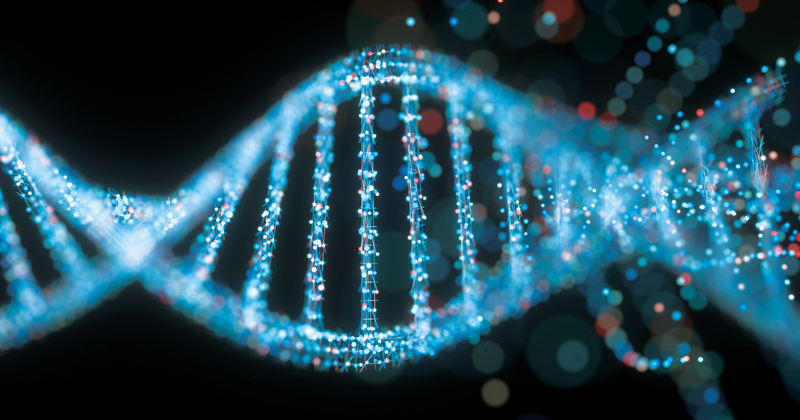
The POTUS has found out another great use of Big Data!
In his last State of the Union Address in late 2015, President Barack Obama unveiled what he called “a new Precision Medicine Initiative to bring us closer to curing diseases like cancer and diabetes.” At the heart of Obama's initiative lies the strategy of building up a comprehensive BioBank containing a gigantic database or a repository of biological, genetic, or environmental data of more than a million diverse Americans!
The Precision Medicine Initiative will be directed at evolving a new class of medicine around the Precision Medicine Theory (PMT). The PMT identifies groups of people who, due to environment, or, protein biomarkers, or genetic markers may be expected to respond to a specified line of treatment in a known manner. If it really pans out the way Obama hopes, the Precision Medicine Initiative could make the trial–and–error treatment approaches of modern medicine obsolete. Indeed, PMT experts also promise that using biobank data and information, we can expect a 360 degree enhancement in the quality of drugs and treatment. Its success would mean significant acceleration, simplicity, and cost–effectiveness in new drug–development – leading to more accurate, affordable, and significantly safer drugs and treatments.
Under this Initiative, the National Institute of Health (NIH), will “recruit expertise from multiple sectors to make genomic, environmental, lifestyle, and electronic medical record information available to investigators.” With the development of this biobank, a giant swath of data will become available to thousands of scientists, mathematicians, and statisticians– further illuminating the nature (and nurture) of disease and health.To speed up results, the Initiative proposes to use data already collected with NIH funding from hospitals, universities, or private institutions. In a report released last week, the NIH has already identified 50 large–scale research cohorts which are potentially eligible to be included in the bank's database today. Taken together, the databases include information from more than 12.3 million people across 65 studies.
Indeed, such biobanks do exist around the world. One of the first large–scale genetic biobanks is in Iceland, established under the deCODE project in the early 90s.
However, Obama's biobank in the US will be unlike anything ever attempted anywhere in the world in terms of the sheer size, and coverage of the numbing racial and genetic diversity that the American populace presents. The rapid Big Data advancements make it highly probable than in the next two decades, the patterns, and information mined and extracted from the data stored in this new biobank would actually change entirely the world of Bio-Medical Sciences, Healthcare Management, Medical Practice, and Drug-Making.
(The DASCA NewsDesk. Research by CredRadar™ and CredForce)


































